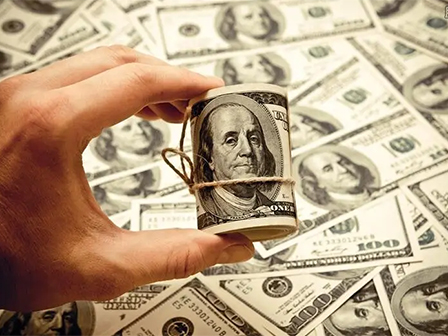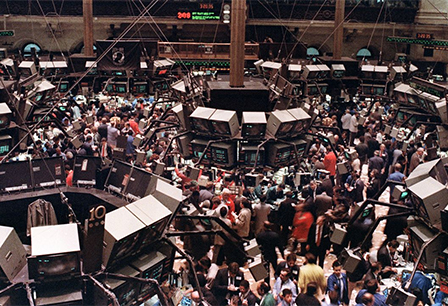The combined effects of higher interest rates, inflation and a slowdown in the economy will result in the markets being weaker during the second of 2022, investment managers are warning.
Geopolitical issues such as Russia's war on Ukraine, the lockdowns in China due to covid and monetary tightening by central banks will result in more volatility and a softening of the global economy. Russia's ongoing war against Ukraine will impact the global commodity markets by pushing both energy and food prices higher.
The stock and bond markets are pricing in an “impending recession,” said Darrell Cronk, chief investment officer for wealth and investment management at Wells Fargo. The repricing began with the higher persistent inflation rates and the reset of interest rates by the Federal Reserve.
The U.S. will “likely enter a recession late this year or early next year,” he said.
This recession is likely to emerge as a “mild or short one” with a recovery occurring during the second half of 2023, Cronk said. A recession is typically defined as two consecutive quarters of GDP contraction.
The global and U.S. economies are fragile as growth has declined across several industries. In the U.S., GDP dipped by 1.5% in the first quarter and remains under 1% for the second quarter.
Central banks globally will have to “go further” in their tightening policies, Cronk said. “They really have no choice.”
The economic conditions for the second half of the year are more challenging even if peak inflation has occurred, he said.
Mortgage Applications are Falling
Consumer confidence has also fallen, which has been demonstrated in declining mortgage applications, fewer auto sales and credit card debt surging along with dips in employment in sectors such as technology, Cronk added.
The economy shows signs of resilience with a strong labor market as the unemployment rate in May held at 3.6% with the addition of 390,000 jobs.
“The consumer so far has spent well and is resilient,” he said. “The real challenge is whether the Federal Reserve can soft land the economy.”
Investors should expect a second consecutive quarter of both negative equity and bond returns, Cronk said. During the past four times it occurred, there were three instances that coincided with a recession.
Markets Could Rebound
The S&P 500 is anticipated to rebound to 4,200 to 4,400 by the end of 2022 with the recovery beginning in 2023, Wells Fargo estimates.
The bear market should reach the 3,500 level for the S&P 500 late in the third quarter of this year because of lower earnings per share growth estimates, said Sam Stovall, chief investment strategist of NY-based CFRA Research.
The S&P 500, a benchmark for the markets, could reach 4,200 by the end of the year, he added.












